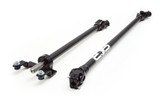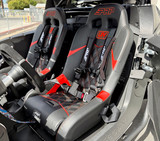Comprehensive guide explains what sets a UTV apart from a Side-by-Side, why both terms exist, and how to decide which one best suits your needs
Understanding the Difference Between a UTV and a Side-by-Side: Features, Uses, and Buying Guide
What Is a UTV?
A UTV (Utility Task Vehicle) is an off-road vehicle designed primarily for work-related purposes, such as hauling, towing, and transporting equipment or materials. UTVs are built for durability, stability, and utility, making them popular in agriculture, construction, and ranching.
UTVs generally feature a robust frame, larger cargo beds, and higher towing capacities than purely recreational vehicles. They are engineered to handle rough terrain while carrying heavy loads safely.
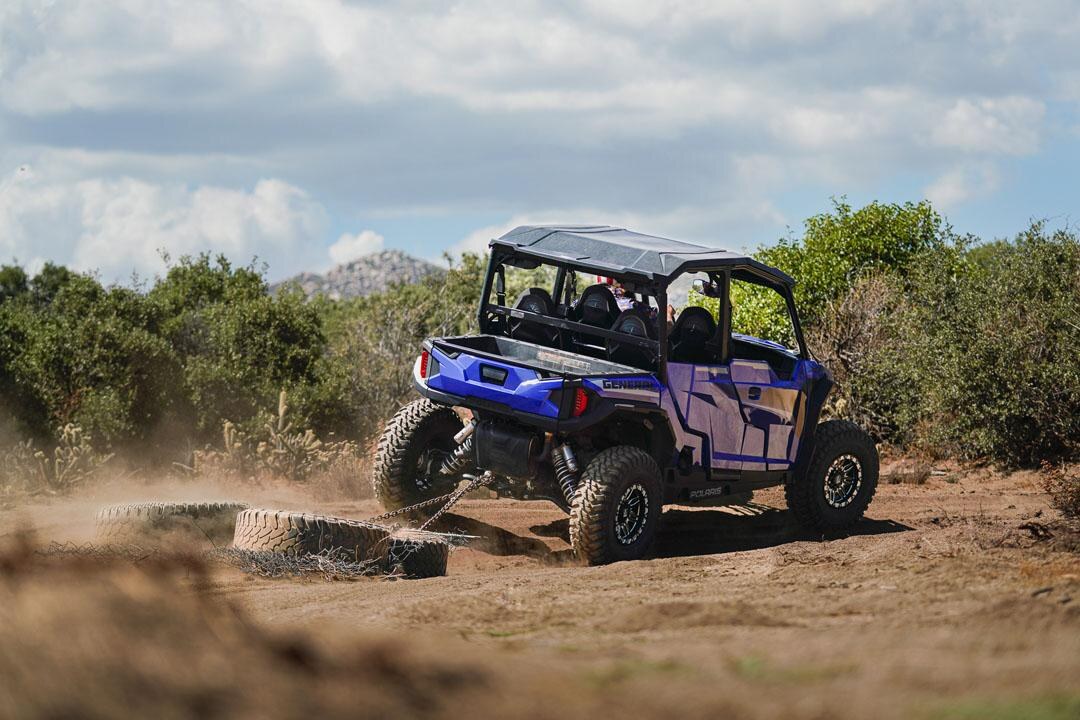
Photo: UTV Source
Key Features of a UTV
- Seating Capacity: Typically 2 to 6 passengers seated side by side.
- Cargo Bed: Large rear bed for hauling tools, supplies, or materials.
- Engine Power: Moderate to high torque engines for pulling and carrying.
- Safety Features: Roll cages, seat belts, and sometimes windshields or full enclosures.
- Drive System: Commonly 4WD or AWD for traction on uneven ground.
- Speed: Lower top speed compared to sport models; optimized for torque and control.
- Utility Attachments: Can be fitted with plows, sprayers, or trailers.
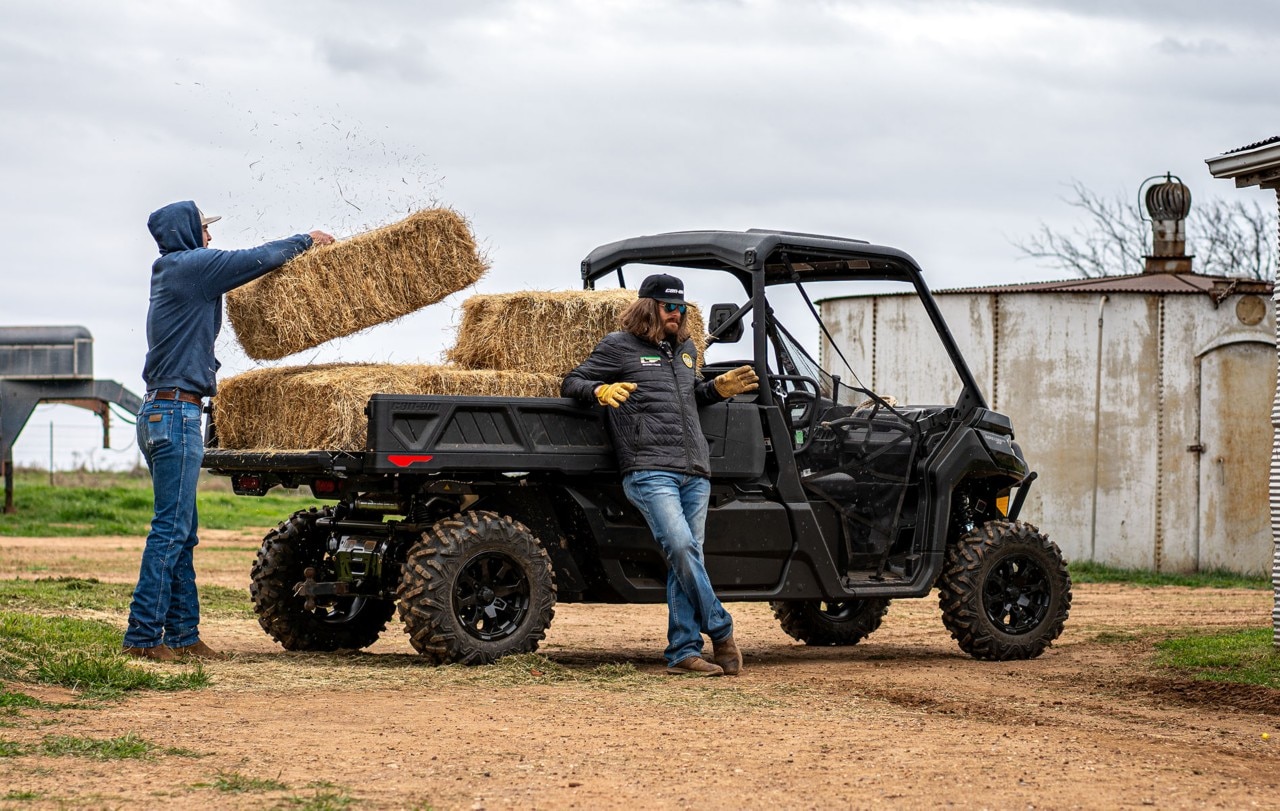
Photo: Can-Am BRP
UTVs are often used by farmers, park rangers, and maintenance crews who need a reliable off-road workhorse.
What Is a Side-by-Side?

Photo: UTV Source
A Side-by-Side (SxS) is a broader term that refers to any off-road vehicle where passengers sit next to each other, rather than straddling the seat as on an ATV. All UTVs are Side-by-Sides, but not all Side-by-Sides are UTVs.
The term “Side-by-Side” emphasizes the seating arrangement rather than the vehicle’s purpose. Side-by-Sides can be designed for recreation, racing, or utility, depending on the model.
Key Features of a Side-by-Side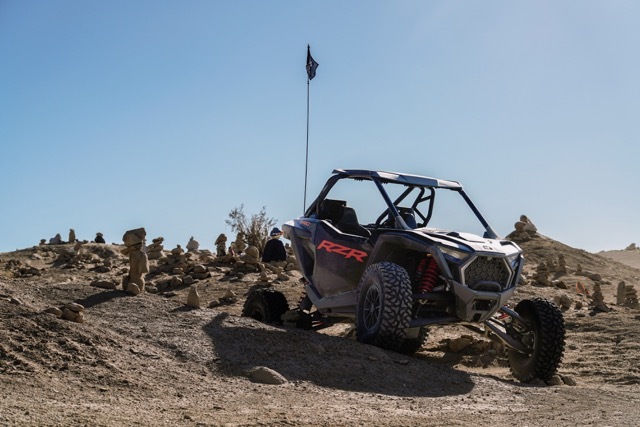
Photo: UTV Source
- Seating Arrangement: Two or more seats positioned side by side.
- Performance Options: Available in sport, recreational, and utility variants.
- Suspension: Advanced suspension systems for comfort and control at high speeds.
- Customization: Highly customizable with aftermarket parts and accessories.
- Speed and Handling: Designed for agility, acceleration, and off-road fun.
- Safety: Includes roll cages, harnesses, and protective gear options.

Photo: UTV Source
Side-by-Sides are popular among off-road enthusiasts for trail riding, dune racing, and adventure touring.
UTV vs. Side-by-Side: What’s the Difference?
Although both terms describe similar vehicles, the distinction mainly lies in purpose and terminology. The table below summarizes the main differences:
| Feature | UTV (Utility Task Vehicle) | Side-by-Side (SxS) |
|---|---|---|
| Primary Purpose | Work and utility tasks | Recreation and sport |
| Design Focus | Hauling, towing, durability | Speed, handling, comfort |
| Engine Power | High torque, moderate speed | High horsepower, high speed |
| Cargo Capacity | Large cargo bed | Smaller or optional cargo space |
| Suspension | Heavy-duty, less travel | Long-travel, performance-oriented |
| Customization | Utility accessories | Performance and aesthetic upgrades |
| Common Users | Farmers, ranchers, workers | Off-road enthusiasts, racers |
| Speed Range | 25–45 mph | 60–80+ mph |
| Examples | Polaris Ranger, Can-Am Defender | Polaris RZR, Yamaha YXZ, Honda Talon |

Photo: UTV Source
In essence, UTV is a category within the broader Side-by-Side family. If the vehicle is built for work, it’s typically called a UTV. If it’s built for fun or racing, it’s usually referred to as a Side-by-Side.
Why Are They Called “Side-by-Sides”?
The name “Side-by-Side” comes from the seating configuration. Unlike an ATV (All-Terrain Vehicle), where the rider straddles the seat like a motorcycle, a Side-by-Side allows two or more passengers to sit next to each other—side by side.
This design enhances comfort, communication, and safety. It also allows manufacturers to include features like seat belts, dashboards, and steering wheels, making the driving experience more similar to that of a small car or truck.
Common Uses for UTVs and Side-by-Sides
Both UTVs and Side-by-Sides serve diverse purposes across industries and recreational activities. Their versatility makes them indispensable in many settings.
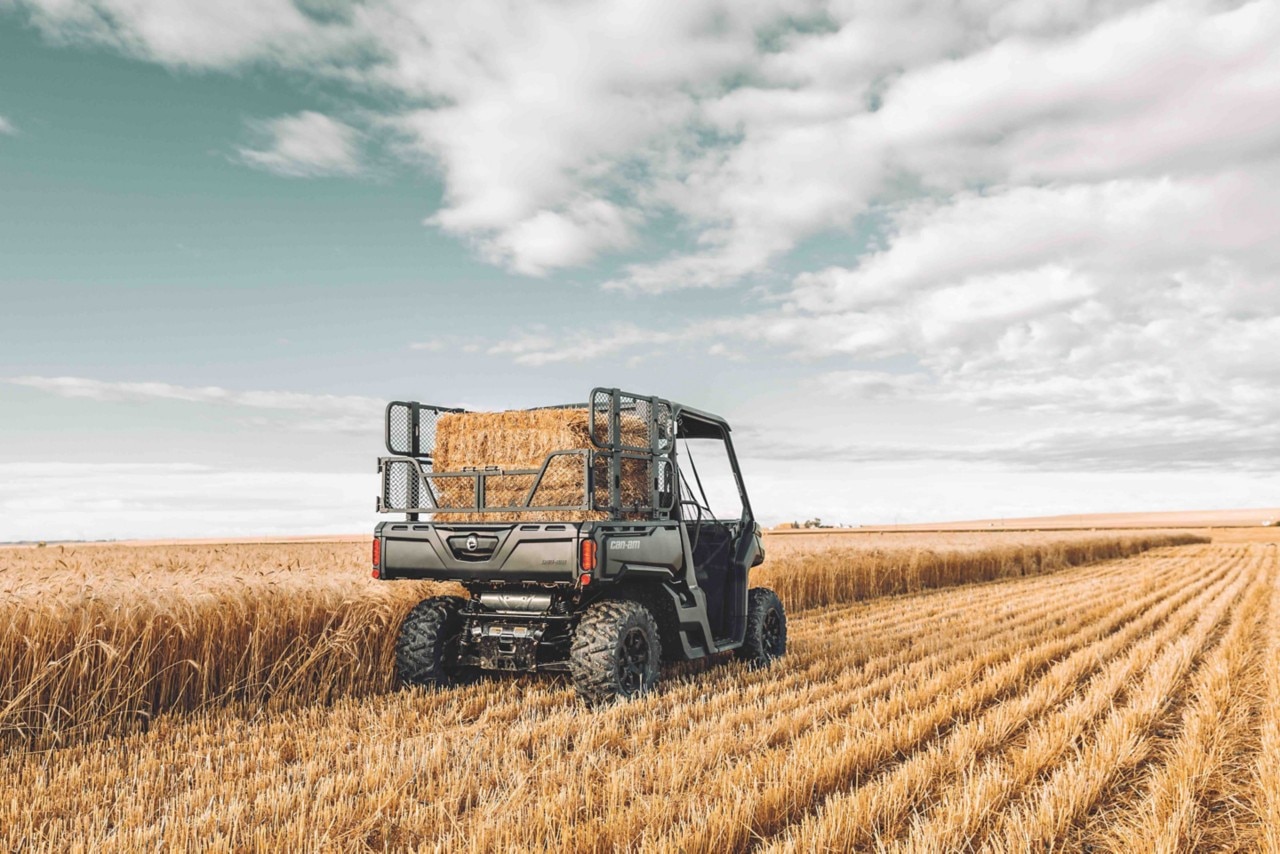
Work Applications
- Agriculture: Transporting feed, tools, and fencing materials across farmland.
- Construction: Hauling equipment and personnel across job sites.
- Land Management: Used by park services and forestry departments for maintenance.
- Hunting: Quiet models with camouflage finishes for navigating rugged terrain.
- Ranching: Moving livestock supplies and checking fence lines efficiently.

Recreational Applications
- Trail Riding: Exploring mountain paths, forests, and desert trails.
- Dune Racing: High-speed sand dune adventures with sport-tuned suspensions.
- Rock Crawling: Tackling steep, rocky terrain with powerful torque and traction.
- Camping and Overlanding: Outfitted with gear racks, lights, and storage for long trips.
Photo: Rideapart.com
Choosing Between a UTV and a Side-by-Side
Selecting the right vehicle depends on your primary needs. Consider the following factors before purchasing:
- Purpose: If you need a work vehicle, choose a UTV. For recreation, a sport Side-by-Side is ideal.
- Terrain: For rugged, uneven terrain, look for models with high ground clearance and 4WD.
- Capacity: Determine how many passengers and how much cargo you need to carry.
- Budget: Utility models are generally more affordable, while sport models can be pricier due to performance features.
- Maintenance: Consider ease of servicing, availability of parts, and warranty coverage.
Popular Models and Brands
Several manufacturers dominate the UTV and Side-by-Side market, each offering models tailored to specific uses.
| Brand | Notable Models | Type |
|---|---|---|
| Polaris | Ranger (UTV), RZR (Sport SxS) | Both |
| Can-Am | Defender (UTV), Maverick (Sport SxS) | Both |
| Yamaha | Viking (UTV), YXZ1000R (Sport SxS) | Both |
| Honda | Pioneer (UTV), Talon (Sport SxS) | Both |
| Kawasaki | Mule (UTV), Teryx (Sport SxS) | Both |
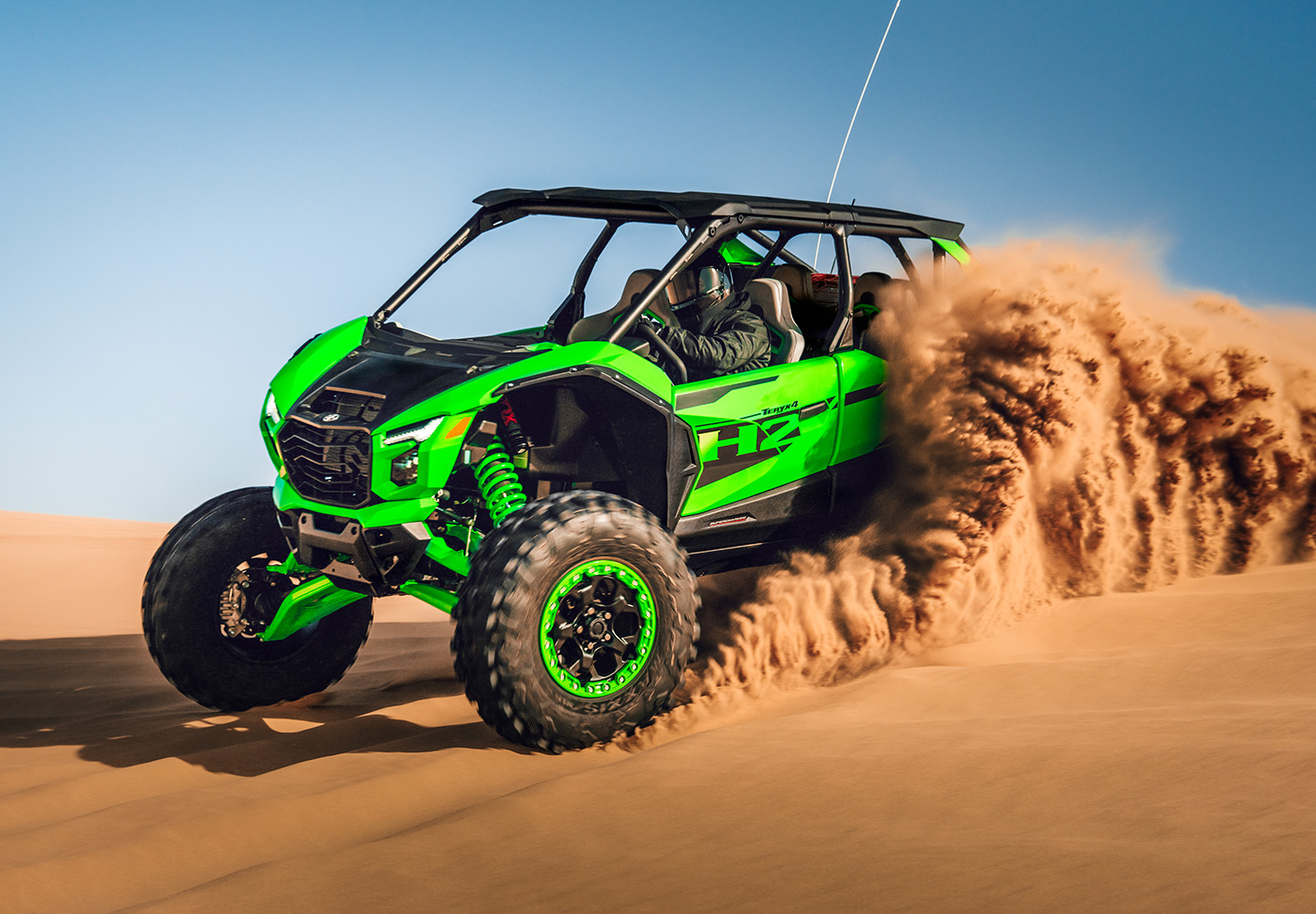
Photo: Kawasaki
Each brand offers a range of customization options, from utility attachments to performance upgrades, allowing owners to tailor their vehicles to their exact needs.
Safety Considerations
While UTVs and Side-by-Sides are designed for rugged conditions, safety should always come first. These vehicles can reach high speeds and traverse unpredictable terrain.
Essential Safety Tips:
- Always wear a helmet and seat belt.
- Avoid paved roads unless the vehicle is street-legal.
- Maintain proper tire pressure and inspect the vehicle before each ride.
- Never exceed passenger or cargo limits.
- Use caution when cornering or driving on slopes.
The Bottom Line
The difference between a UTV and a Side-by-Side often comes down to intent and design. A UTV focuses on work and utility tasks, while a Side-by-Side is a broader term encompassing both utility and recreational models. In other words, every UTV is a Side-by-Side, but not every Side-by-Side is a UTV.
Whether you’re hauling gear on a ranch or tearing through desert trails, understanding these distinctions ensures you choose the right off-road companion. With proper care, customization, and safety practices, both UTVs and Side-by-Sides deliver unmatched versatility and adventure on and off the beaten path.











